Animal Misconceptions
At some point in our lives, we’ve all fallen victim to a rumor or story we believed to be true, especially tall tales about animals. Black cats on Halloween are bad luck. Goldfish have a terrible memory. Flies have a 24-hour lifespan. We hate to be the bearers of bad news, but all of these things are lies…. One of our goals at the Zoo is to educate and expand the public’s knowledge on conservation and animals, and today we’re going to set the facts straight about some of the most common, and extremely false animal myths and misconceptions.
1. Ostriches bury their heads in the sand
Those pictures you see online of ostriches with their heads in the sand aren’t what you may think. Ostriches don’t bury their heads in the sand to hide from predators, but will instead either run or flop on the ground and flatten their heads to blend in with the random vegetation in their surroundings. Ostriches do, however, use their beaks to help dig holes to make nests and hide their eggs in. They will then turn the eggs several times a day. It would be hard for an ostrich to keep their head in the ground as they wouldn’t be able to breathe.
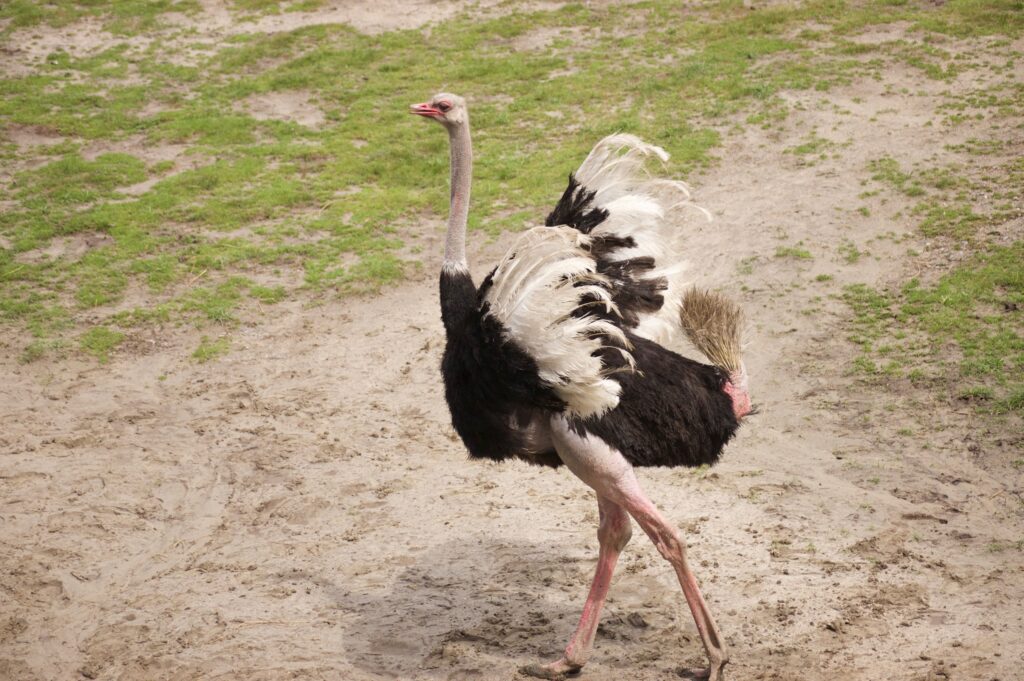
2. you can charm a snake with music
You’ve seen movies with images of a man sitting on the ground playing a long, slender instrument to charm a snake out of a basket by playing music. This “snake charming” is not only very dangerous, but it would also involve a bit of magic. Snakes do not have ears, which means they can’t hear the music at all, but they can feel vibrations. The snake is hypnotized by the charmer, who waves around the instrument to entice the snake to flare up, as it feels threatened by the performer. So no, you can’t charm a snake with music, and we wouldn’t recommend trying to charm a snake at all.
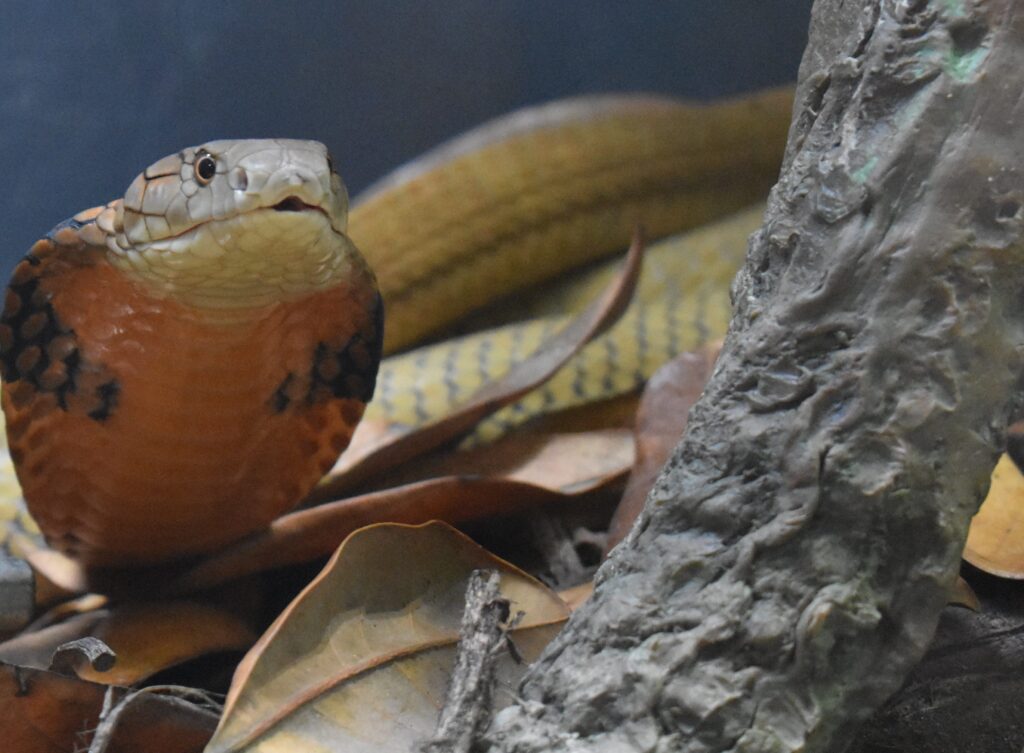
3. bats are blind
Although bats can’t be found in any of the Zoo’s exhibits, they can be seen on Zoo grounds if you know where and when to look. Several bat species are native to Virginia and many Zoo staff are fascinated by these flying mammals, so we thought it only fair to debunk this myth. Bats are not blind! They can see almost as well as humans can, but at night they can use echolocation, or using echoes from sound waves, to locate meals and places to land. Bats are nocturnal like a lot of other animals, so they prefer to sleep during the day and hunt at night.
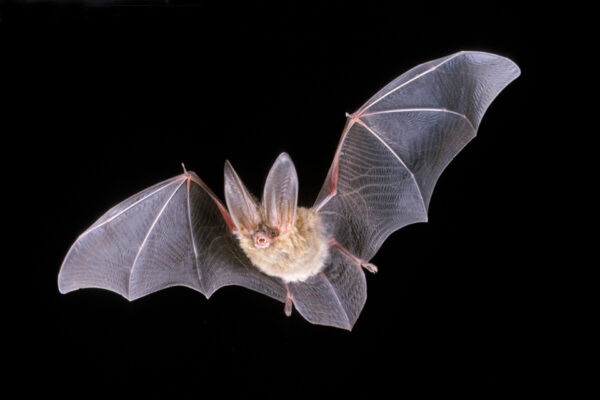
Photo from South Dakota Game, Fish, and Parks
4. frogs and toads can give you warts
No, amphibians can’t give you warts. Yes, frogs and toads may have little bumps on their skin, but these glands don’t secrete anything. You also can’t get warts from a frog or toad’s urine. Warts are caused by viruses that can only be spread by humans. This one is toadally false and Prince Charming, the African bullfrog might take offense to you blaming him and his friends.
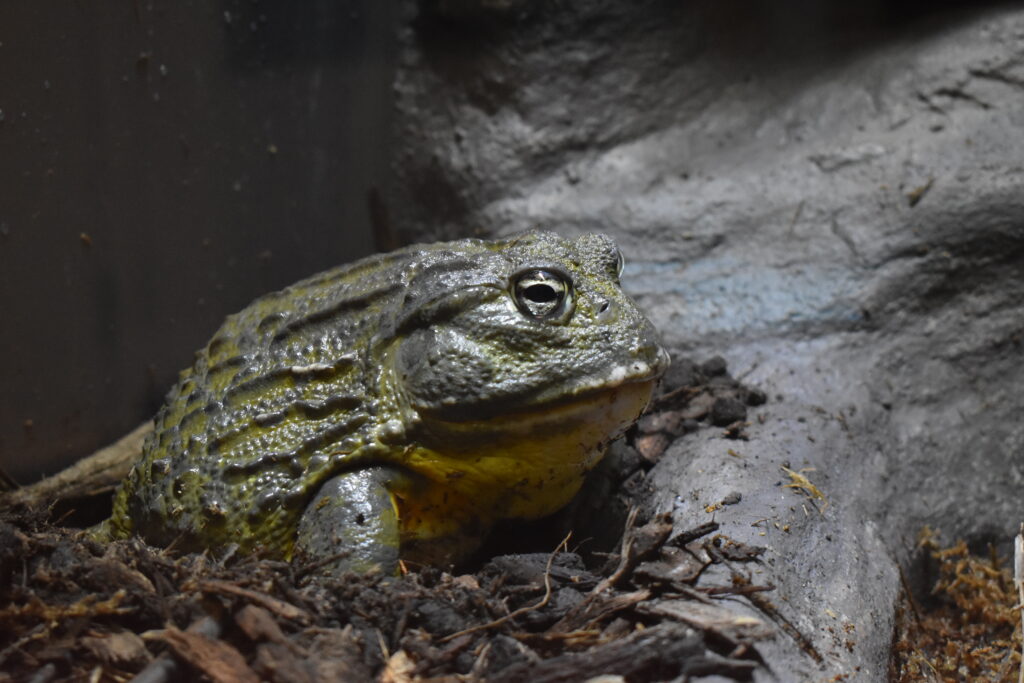
5. Giraffes only sleep 30 minutes a day
While giraffes don’t need as much sleep as humans do (or think we do) giraffes do sleep for more than 30 minutes a day. In fact, after extensive research, scientists found out that giraffes sleep on and off throughout the night and typically take an afternoon nap, totaling to a little over four-and-a-half hours of shuteye a day. The Zoo’s male giraffe, Billy, is notorious for enjoying those midday naps, either while standing up or laying down in the shade.

6. all turtles use their shells to hide when they feel threatened
This statement is mostly correct, but there is one untruth. While most turtles and tortoises can, and do, retract their heads, tails and feet into their shells when they feel threatened or to protect themselves from predators, not all can fit inside their shell. Take the Aldabra tortoise for example. AJ, the Zoo’s oldest resident, is much too large to completely hide inside his shell. The shell consists of a top carapace and a bottom section called a plastron, which serves to protect the internal organs of turtles and tortoises. Side note: All tortoises are in fact turtles, but not all turtles are classified as tortoises.
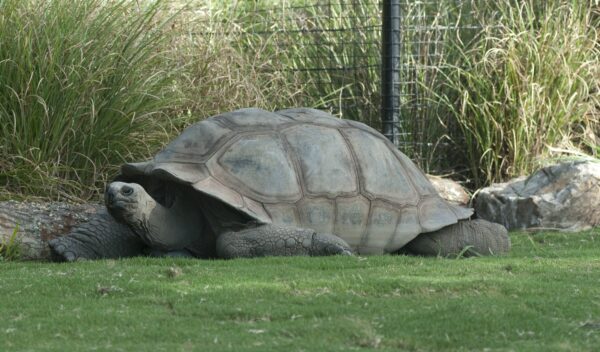
7. mother birds will reject their chicks if they’ve been touched by humans
We’re not sure where this one was started, but it’s definitely not true. Birds don’t have a very good sense of smell and therefore wouldn’t be able to tell if a human handled the chick. Chances are if you see a chick on the ground, it may be learning to fly, but if you ever find a chick out of the nest, here’s a helpful guide on what to do.

Photo from Riverbanks Zoo and Garden
8. you can tell the age of a rattlesnake by counting its rattles
Rattles are made of interlocking rings of keratin, which is basically fragments of old skin. The vibration of the rings of keratin is what gives the rattle its signature sound. Each time a rattlesnake sheds its skin, a new rattle is added to its tail. You might actually be able to tell how old a rattlesnake is by counting the rattles, but only if the snake were to shed once a year. Rattlesnakes, especially young and growing rattlesnakes can shed several times a year, and may even sometimes lose their rattles in some cases, which means there is no way you can tell a rattlesnake’s age by counting its rattles.
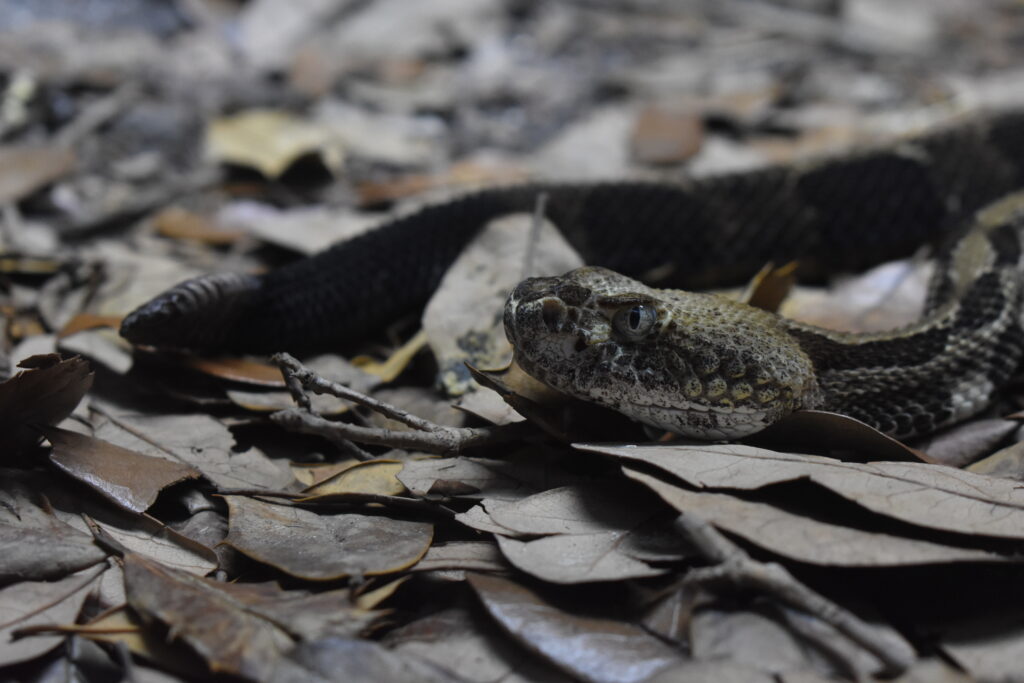
We’ve only scratched the surface of myths that need to be debunked, so that’s why we’re inviting you to our ZooLive! stage presentations during this year’s two-day ZooBoo event to learn about all of our animals. We’ll be talking about a few creepy crawlies, some animals who are slimy and slithery, and we’ll even find the truth in some very spooky superstitions like the ones you just read about! Buy your tickets to ZooBoo and check out the full schedule of events HERE. And remember, don’t believe everything you hear, it might just be an animal misconception!